How to Liquefy Crystallized Honey and Best Way to Store It
It’s discouraging when you reach for the honey, only to discover it is no longer a smooth liquid, but all grainy—like sugar! You may have even tossed it into the trash, assuming it’s gone bad, and no longer edible. Truth be told, it is still perfectly delicious and nutritious. It’s easy to turn crystallized honey back into its perfectly liquid self.
How to Liquefy Crystallized Honey
First, if your crystallized honey is in a plastic container, transfer all or as much as you want to liquefy to a glass container with a lid. Apply the lid.
There are three ways to de-crystallize honey:
- stovetop
- slow cooker
- sous vide
1. Stovetop Method
Set a pan of water over high heat and bring to a boil. Turn off the burner and allow the water to cool for about 5 minutes, or until it is below 160°F. Set the honey in the water. Cover the pan. Check after an hour or so, stirring the honey as needed.
2. Slow Cooker Method
Set the covered honey into the slow cooker. Add enough water to cover the honey container halfway. Cover the slow cooker and set to Low. After 30 mins or so, check the water temperature to ensure it is not above 160°F. If it is, add a little cold water. If not, allow to continue until the honey is liquid.
3. Sous Vide
If you have a sous vide cooker, set it up placing the closed honey container in the water, which is not deep enough to completely cover the closed honey container and setting sous vide to 140°F. Allow cooking for several hours, as needed to achieve liquid honey.
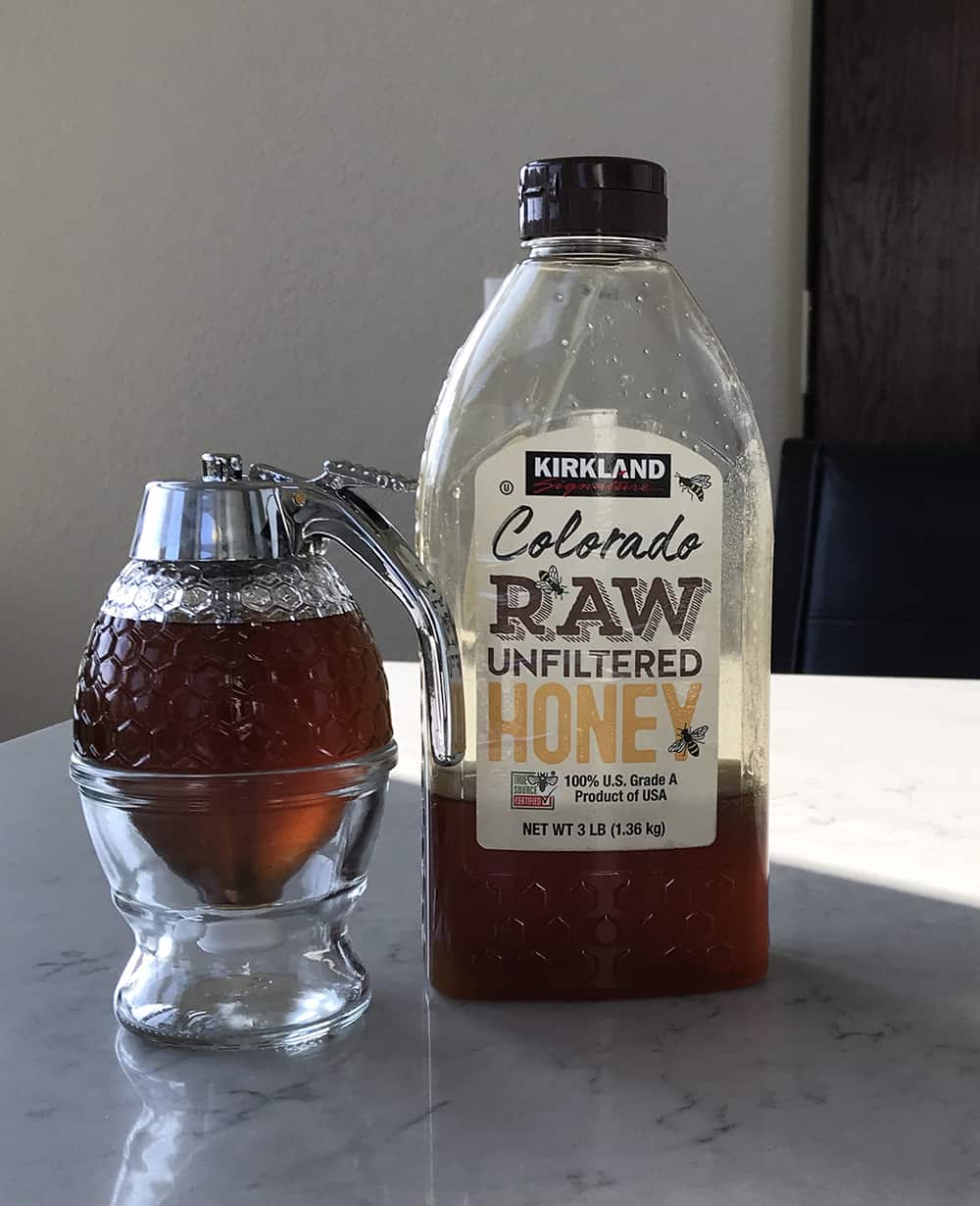
Crystallized honey liquefied using the sous vide method. Find that cute honey dispenser HERE.
FAQs
What is the best way to store honey?
The best advice is to store honey in the original container the honey came in, though any glass jar or food-safe plastic container will work. Avoid storing honey in metal because it can oxidize.
It is not necessary to refrigerate honey. In fact, it’s much easier to handle if you don’t because the cooler temperature will cause the honey to solidify. This makes it difficult to use when you need it and you will have to warm it up to get it back to a liquid state.
Normal room temperature is ideal where it will not be subject to getting moisture inside. If your house tends to get warm, find the coolest spot in the pantry for your honey. Keep it away from the stove and other heat-producing appliances as well as sunlight.
Why does honey crystallize or become “sugared?”
The answer is temperature. When the temperature where the honey is stored drops below 50°F (10°C), crystals develops. That process starts at 57°F but becomes visible below 50°F. The longer it remains below 50°F, the more crystals will form until it is mostly solid. Cloudy or crystallized honey is nothing to be seriously worried about. Is crystallized honey edible?
Absolutely, yes! In fact, some people prefer their honey in a more solid, spreadable state. The flavor is the same whether liquid or crystallized.
At what temperature does heat destroy the health benefits of honey for humans?
According to apiculturist John Skinner, Univ. of Tennesee, honey should not be heated rapidly, over direct heat. Basically, the hotter you heat it, the more potential for reducing nutritional value. Excessive heat can have detrimental effects on the nutritional value of honey.
- Heating up to 98.6° F (37°C ) causes the loss of nearly 200 components, part of which are antibacterial. Heating up to 104° F (40°C) destroys invertase, an important enzyme.
- Heating up to 122° F (50°C) for more than 48 hrs. turns the honey into caramel (the most valuable honey sugars become analogous to sugar).
- Heating honey to more than 140° F for more than 2 hours or more than 160°F will cause rapid degradation.
Can I freeze honey?
Yes, but why would you? There is really no need.
Can I de-crystallize honey in the microwave?
No. That’s because it is too difficult to monitor and measure the temperature of the de-crystallizing process using a microwave oven. It is not a reliable method because it gets too hot too quickly. Your results will be, at best, sketchy. At most? You will have destroyed the honey’s benefits and changed its flavor. Been there, done that, and will not repeat.
Fascinating Facts About Honey
Honey is life-sustaining
Honey is the only food source that contains everything to sustain human life. It contains antioxidants, vitamins, and minerals that we need, even water.
Honey is medicinal
Honey is good for treating diaper rashes, stomach ulcers, burns, and seasonal allergies (although the honey you are taking must be from the same area that you live to be useful in this way). Honey has long been known to help relieve sore throats when mixed with lemon juice.
Honey comes in different flavors and colors
The flowers the bees have gathered pollen will decide your honey’s flavor. Honey made from pollen gathered from clover will taste different from honey made with the pollen of wildflowers. It will also affect its color.
Honey never spoils
You never have to throw honey out—even it has become crystallized. Honey was found in King Tut’s tomb that was still good to eat.
Honey is effective against acne
Organic honey can be effective against acne—and a lot cheaper than those high-priced drugstore cleansers and creams. Spoon some honey into your hands, hold for a few seconds to get it nice and warm, and coat the problem area. Wait at least five minutes, and rinse with a soft, warm washcloth. In no time, you are likely to see the difference.
Honey is good for your skin
Plagued by dry skin, fine lines, and wrinkles? Apply honey to your dry wrinkled skin, leave on for 30 minutes and gently wash away with warm water. Honey may soon become your best friend.
Honey is soothing
Try honey if you suffer from anxiety, nervousness, or inability to get a good night’s sleep. Add 1 to 2 tablespoons of honey to a mug of hot water. Stir, enjoy!
Everyday Cheapskate participates in the Amazon Services LLC Associates Program, an affiliate advertising program designed to provide a means for us to earn from qualifying purchases, at no cost to you.

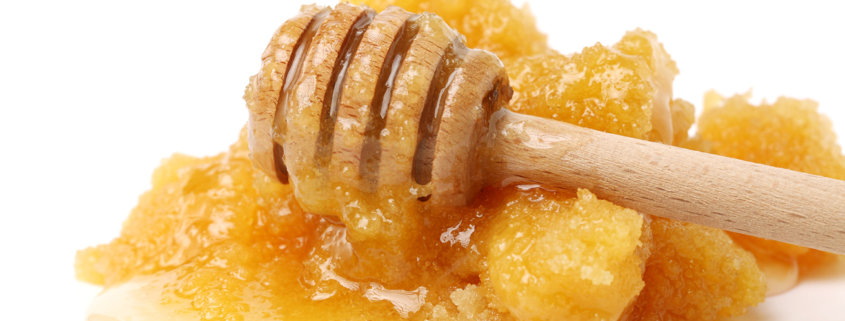
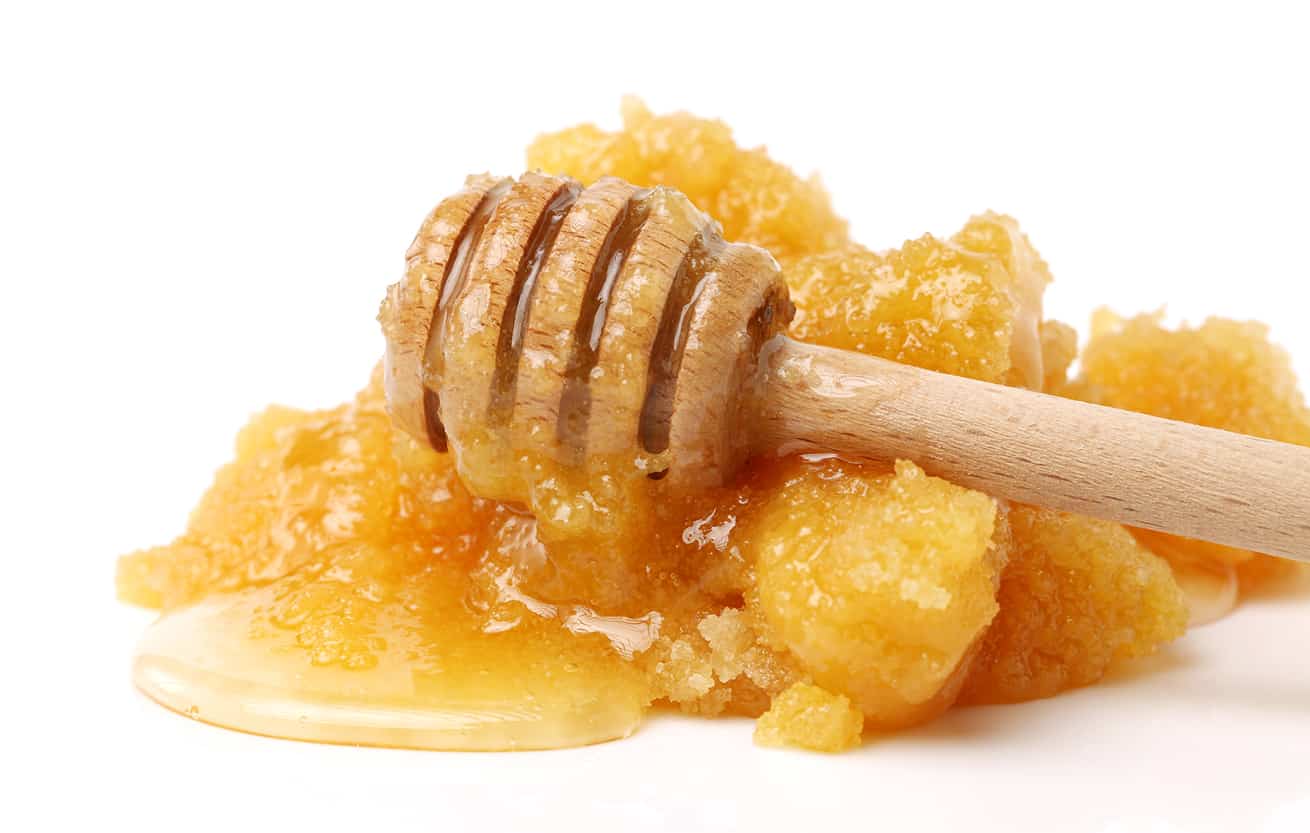

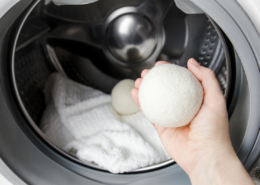
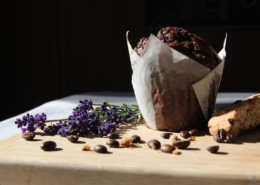





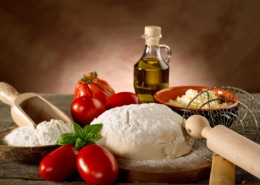
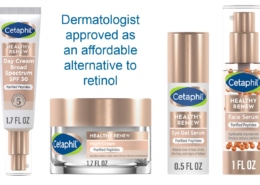


From the article: “…setting sous vide to 140°F. Allow cooking for several hours, as needed to achieve liquid honey.” From the FAQ: “Heating honey to more than 140° F for more than 2 hours or more than 160°F will cause rapid degradation.” And even they say at 98.6 it starts to degrade. Other sources I’ve read suggest a good temp is 110 deg.
I miss the orange honey I used to get at Hertie overseas. It was the best.
After you have gone to the trouble to de-crystallize your honey by one of the three methods suggested, if you add a little Karo syrup to the honey it will not re-crystallize. To some honey purists this is adulteration but if the taste is not materially affected, it is just good sense
An important caveat: Honey should never be given in any form (including baked goods and cooked foods) to babies under 1 year of age. Honey can contain Botulism spores, which in an infant can result in botulism food poisoning, which can be fatal. In babies, the spores can grow and multiply, producing toxins resulting in serious symptoms, including GI and muscular control problems (including breathing problems). The digestive system of babies over 1 year can handle these spores and so can have honey.
I warm my crystalized honey (or to get the very last of it out of the container) by setting the container in microwave-warmed water in my 2-cup tempered-glass measuring cup for 4 or 5 minutes.
,
I will put my crystallized honey in the top rack of my dishwasher & the hot water turns it back into liquid honey again!:)
I bought 3 gallons of honey from a dealer and they sent it all in a crystal state. I called and asked them why, they told me that is the way they sent honey… I decided no more honey orders from me. I have ordered honey before and it was sent in liquid form. I wonder if anyone else has had this experience by ordering honey.
Use the DEFROST setting on the microwave starting at 15 seconds and repeat until satisfied.
Clever…